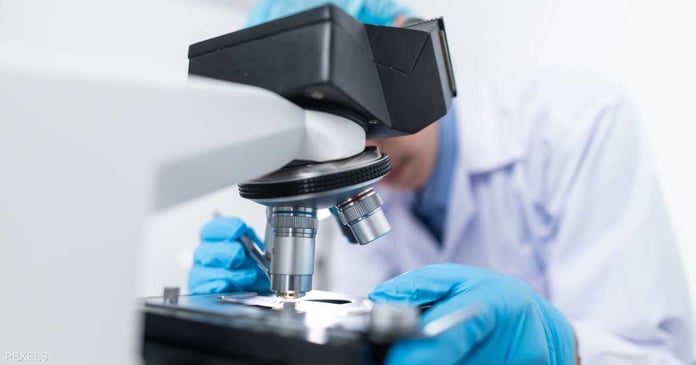Fight germs
Although antibiotics kill bacteria, there has been a shortage of new drugs for decades and bacteria have become more difficult to treat as they develop resistance to available drugs. It is estimated that more than one million people die each year from infections resistant to antibiotic treatment. Researchers at Canada’s McMaster University focused on one of the most problematic bacteria, Acinetobacter baumannii, which can infect wounds and cause pneumonia. This bacterium is one of 3 species of “superbugs” that the World Health Organization has identified as a “serious threat”. These bacteria are often resistant to antibiotics and are a problem in hospitals and nursing homes, where they can live on medical surfaces and equipment.
How has artificial intelligence been exploited?
Artificial intelligence has narrowed the thousands of potential chemicals down to a handful that can be tested in the lab. The result was a powerful experimental antibiotic called abaucin, which will need more testing before it can be used. Researchers in Canada and the United States say that AI “has the potential to dramatically accelerate the discovery of new drugs”.
practical steps
To find a new antibiotic, the researchers first had to train the AI They took thousands of drugs, whose exact chemical composition was known, and manually tested them on Acinetobacter baumannii to see what could slow them down or kill. This information was fed into the AI system, so it could learn the chemical properties of drugs that might attack these superbugs. Then, artificial intelligence was unleashed to determine the effectiveness of substances among a list of 6,680 compounds whose effectiveness was unknown. The results, published in Nature Chemical Biology, show that the AI ”took an hour and a half to produce a shortlist”. The researchers tested 240 of them in the lab, finding 9 potential antibiotics, and one of them was the Incredibly Potent Antibiotic.
What else?
The next step is to produce an effective drug in the laboratory and then conduct clinical trials. The first antibiotics developed by artificial intelligence are expected to take until the year 2030 to be available on prescription. It was strange that this experimental antibiotic had no effect on other types of bacteria and only worked on. baumannii. Many antibiotics kill bacteria indiscriminately. Researchers believe that the subtlety of abaucine will make it harder for drug resistance to emerge and may lead to fewer side effects.
Commenting on this groundbreaking step, Professor James Collins, from the Massachusetts Institute of Technology, said: “This result supports the hypothesis that artificial intelligence can significantly accelerate and expand our search for new antibiotics.”
He added, “I’m thrilled because this work shows we can use AI to help fight pathogens like baumannii.”
Read the Latest World News Today on The Eastern Herald.


